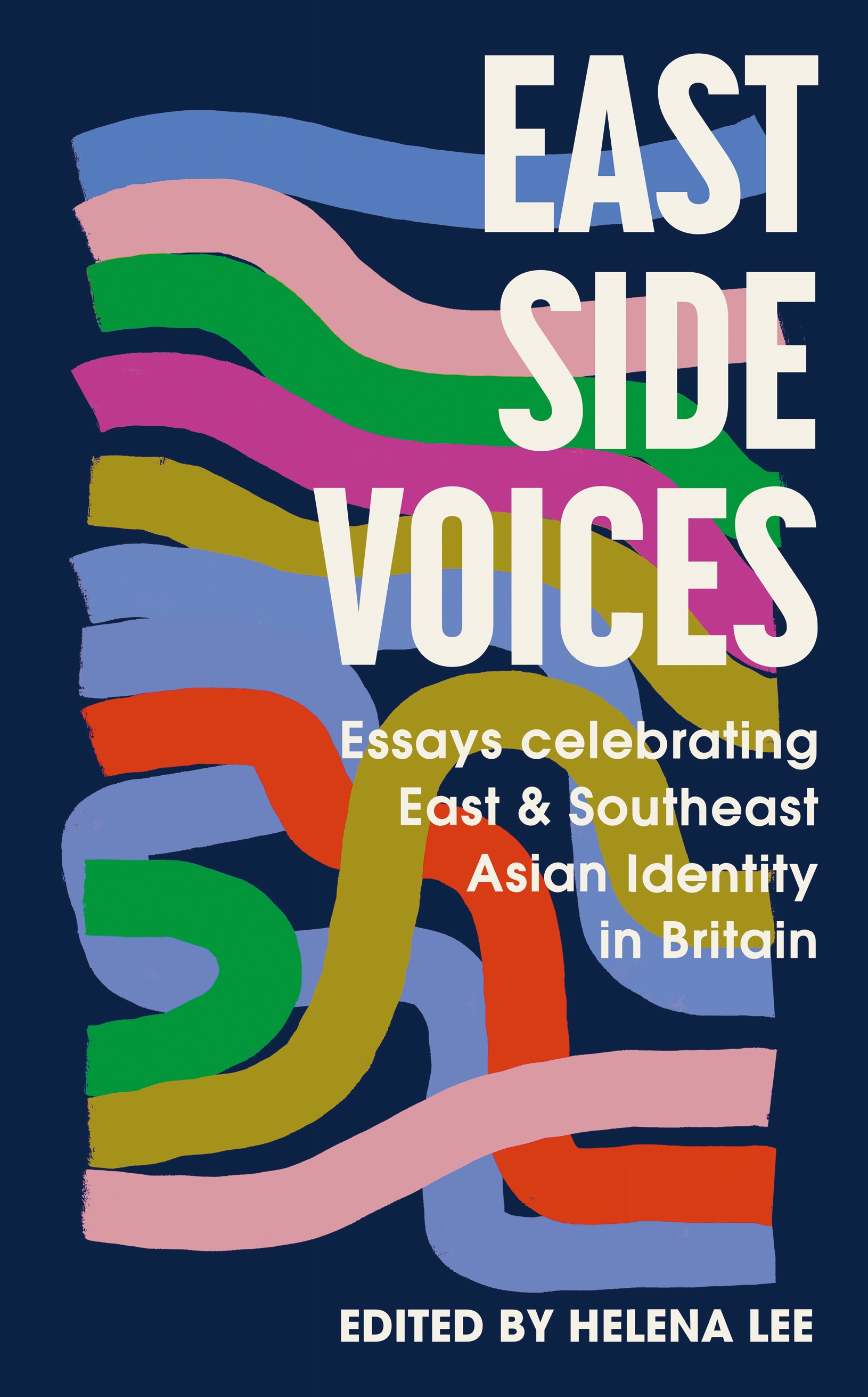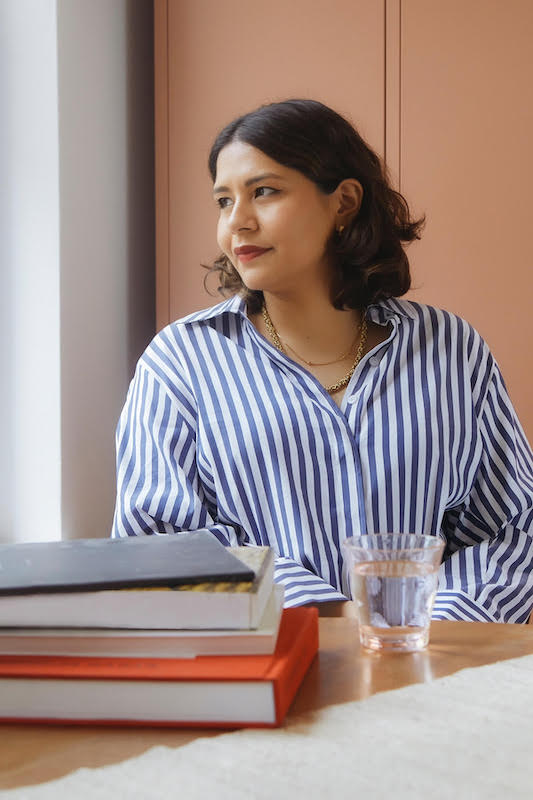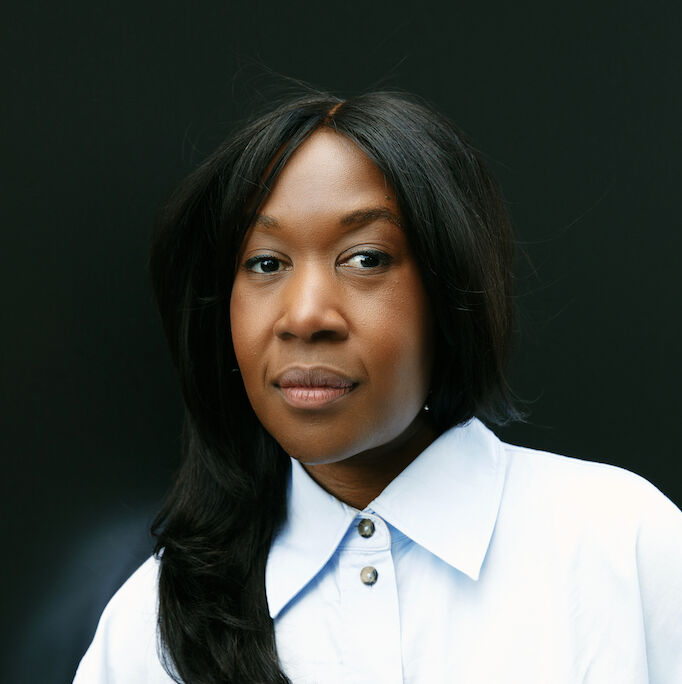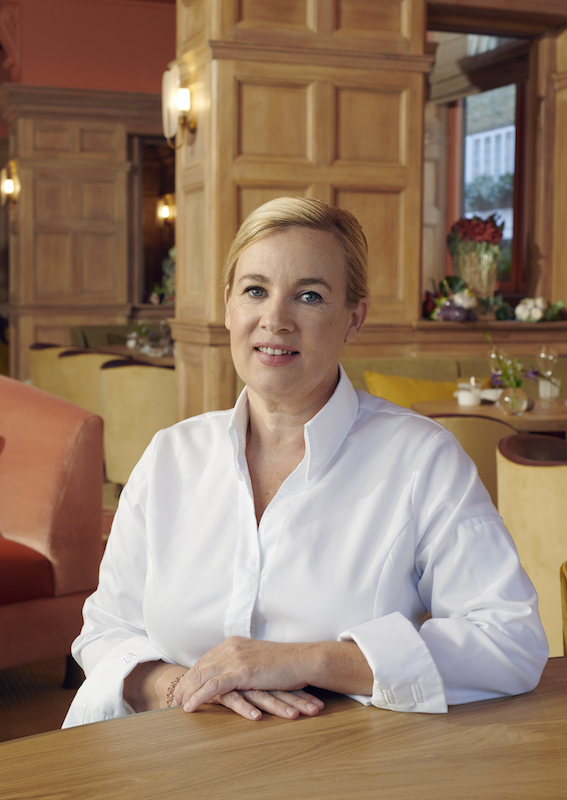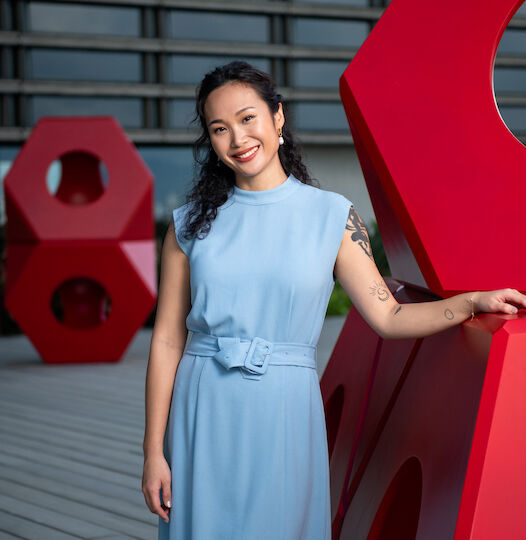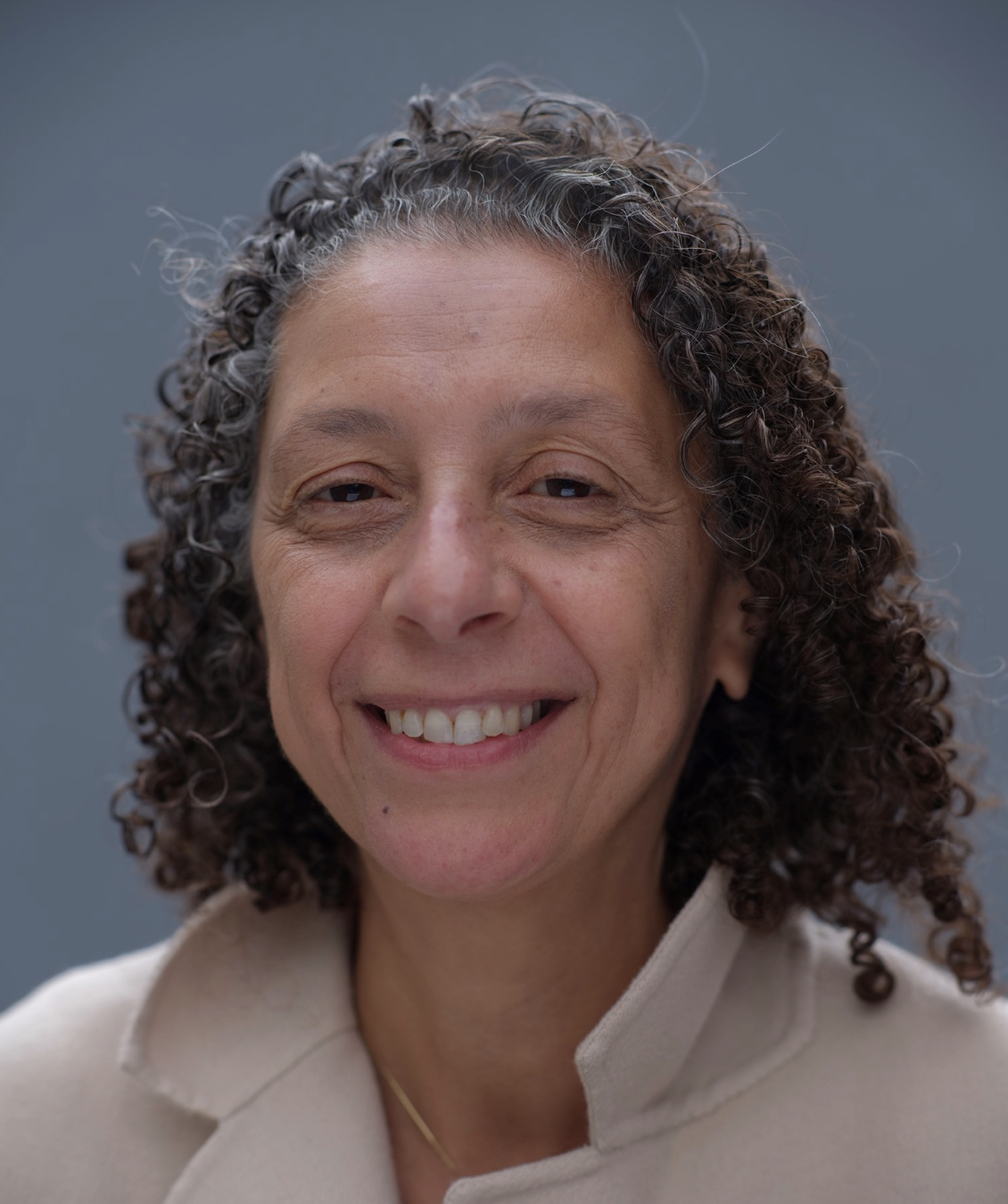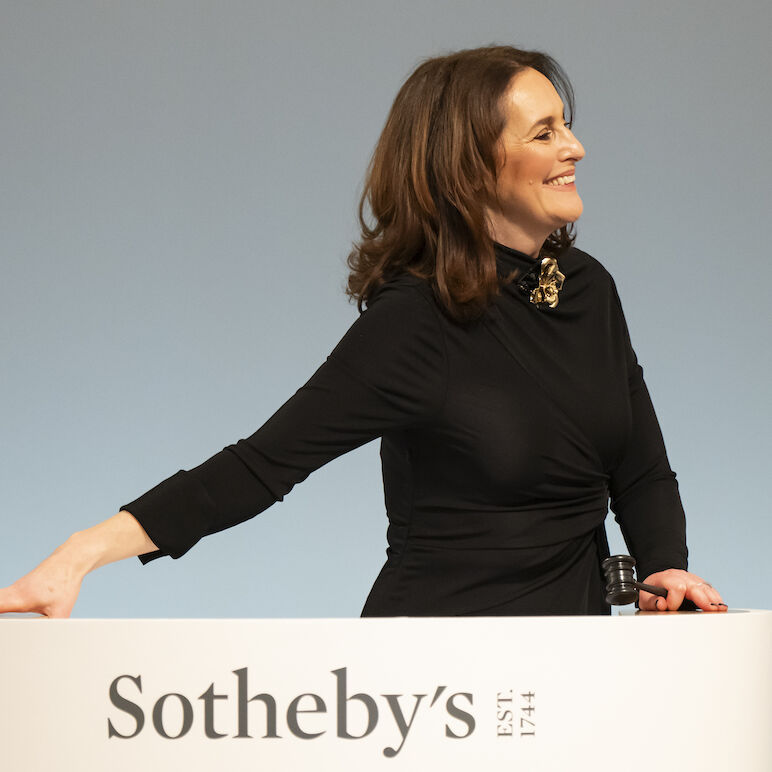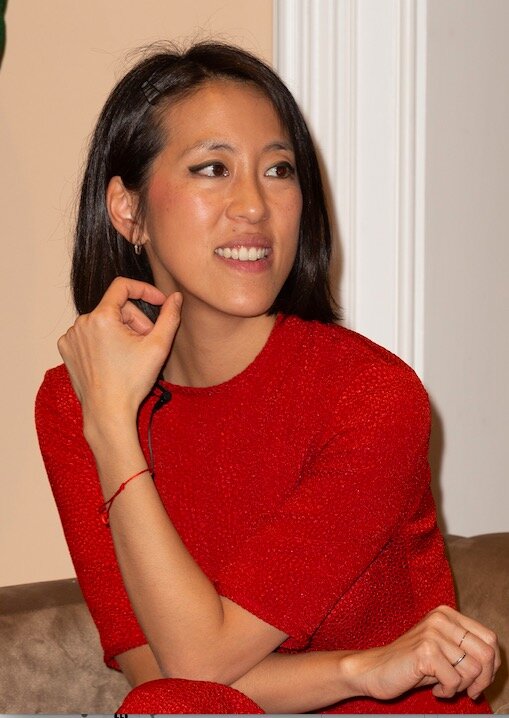

Interview Harper’s Bazaar’s Helena Lee
Drawing on her more than 10 years of experience working at Harper’s Bazaar – where she is responsible for the publication’s art and culture content, often collaborating and commissioning award-winning writers and artists, the collection brings together a selection of original essays and poetry from celebrities, prize-winning literary stars and exciting new writers.
Contributors including Harry Potter actress Katie Leung and Andrew Wong, the chef-founder of the two Michelin-starred restaurant in Pimlico, share their thoughts on the legacies of family history, racial identity, assimilation and difference.
It’s another impressive achievement by the founding member of the Ginsburg Health Board, which is working towards closing the gender health gap for all women, and the Women in Journalism mentor.
THE WICK: Talk us through a typical Monday.
Helena Lee: I like to start early at the beginning of the week and try to get ahead with a fresh mind. At Harper’s Bazaar, we do a lot of planning with our editors and visual teams on Mondays, on upcoming shoots and stories. I try to meet talent or creators every week – maybe over breakfast at Koya or Quo Vadis, or perhaps I’ll pop into an artist studio, and look to bring in new voices and talent. It’s been fantastic to get back into collective spaces again and reignite that rapport we used to have – making room for the serendipity that was so brutally diminished by back-to-back video calls.
TW: Who is your Monday Muse?
HL: I’ve been astounded by the generosity of all the contributors to my book “East Side Voices” (Sceptre) – so all of them, in particular Romalyn Ante. She is an incredible poet who has just been selected as a Jerwood Compton Poetry Fellow. Her award-winning first collection, “Antiemetic for Homesickness” (Chatto & Windus), is a skilled exploration of all the worlds she inhabits: her original home of the Philippines and her day job here in Britain as a frontline nurse. The fact that she is an award-winning writer, whose powerful words can emotionally move you, as well as a dedicated practitioner working relentlessly for the NHS, is difficult to fathom, and completely admirable.
TW: What first inspired you to launch the monthly literary salon and platform, East Side Voices?
HL: It was the lack of meaningful representation on any cultural level of East and Southeast Asians, particularly on our screens and in popular culture. Think of the strange silent girl in “Pitch Perfect” or the humiliation of the character of Bruce Lee in “Once Upon a Time in Hollywood.” There are perpetual, two-dimensional stereotypes that persist, which ladder up to a lack of empathy and culture of othering, which means that we are essentially invisible – often left off the news and diversity agenda as well. This cultural non-representation can have more sinister consequences (there was a real uptick in hate crime against British ESEAs after Trump’s rhetoric about the ‘China virus’). I wanted to connect those who shape the media landscape to those of East and Southeast Asian heritage who are shaping British culture, so that there would be more films, kitchen-sink dramas, documentaries, exhibitions, books that reflected the British East and Southeast Asian experience. I was thrilled that the authors Sharlene Teo and Rowan Hisayo Buchanan spoke at our first salons, as did the fashion designer Rejina Pyo.
TW: How did you select the essays and writers to include in your “East Side Voices” book?
HL:
I really wanted a diversity of voices within the collection, to learn about areas I wasn’t especially familiar with, who could draw us into their worlds with their strength of storytelling. So, we had writers like the gal-dem contributor June Bellebono, who showed us the experience of a trans spirit festival in Myanmar, and how that changed the way they saw themselves. There are untold narratives brought to the fore, such as the actor Gemma Chan’s essay on the Chinese Liverpool seamen, who were secretly deported from Britain, and the writer Claire Kohda’s devastating piece on how her Caucasian grandmother erased Claire’s Japanese heritage in an acrylic painting she made of her.
I worked closely with each contributor on the subject they wanted to write about. It was important that the story was unique to them, that it was something only they could tell, so their voice could sing through. Above all, I wanted nuance, and to inspire empathy. I wanted the book to feel intimate, as though 18 of your friends were opening up to you, so you would feel joy and laugh, but also be appalled, learn and be moved by their stories.
“I wanted the book to feel intimate, as though 18 of your friends were opening up to you.”
